
Dateline Collingwood: a gritty, down-at-heel hollowed-out post-industrial semi bombsite of a suburb in Melbourne (Australia) which in this day and age only people of incredibly ample means can afford to live. It’s Saturday morning; you could fire a cannon down the street and not hit anybody but despite (very small) coffees going for close to three quid and avocado on toast requiring a loan application the café over the road is completely full. The good news is that although it’s super expensive the service is elegantly, fastidiously slow. So I’m running late – coz I ain’t going forward without coffee (alas, my loan application for the avocado on toast was declined – probably for the best, I still haven’t paid off the last one).
There could easily be ten grand’s worth of shoes in this place and goodness knows what the unvarnished rustic fit-out cost. In a strange rotation of small realities the first musings that would – eventually – lead to LIAF were muttered within shouting distance of this place. These days, it’s not a good idea to do too much shouting around here, it makes it even harder to get approved for the avocado on toast application.
The chatter in here on this deceptively mild-mannered pseudo-suburban morning is about the AI animation workshop going on at the private technical college across the street. The place might be close to full but I’ve been able to single-handedly raise the average age in the room by simply walking into it. As a bleached white micro-dog eyes off one leg of my zimmer frame, I’m quietly taking the temperature of the room, hiding in plain view because, ya know, obs, I have nothing to do with the topic of conversation, right.
Twenty minutes later when I’m introduced as the lead in the workshop and call everybody to order a few wrinkled brows hint at a couple of slivers of perplexed recognition. Five or ten minutes later some semblance of the natural order is reinstated when it becomes clear that I have next to no first-hand, assumed or artificially generated knowledge of AI and hand over to the real expert – literally, a 17 year-old high school kid who made a killer AI-infused film that recently screened everywhere in these parts.
In common with your ancient, dribbling scribe he hasn’t got any more of an idea of where AI in animation is going than I do. Partly he doesn’t care and partly he doesn’t think it’s a topic worth thinking about because it’ll be beyond the remotest control of any practitioners anyway….. and he’s fine with that.
This isn’t to say that the future of animation is going to resemble that of a pilotless drone. There are very few people who would climb into an aeroplane that is controlled simply by one wild-eyed ‘real’ pilot manically operating a control stick, pumping some foot pedals and staring out the window to see where they’re going. In fact, as we know, every airplane is eminently more automated and almost infinitely more complex than even its more recent predecessors.
Most of the people in the room are animators with – at least – above average skill sets. A decent minority of them have a back catalogue of films that had screened at festivals and received awards, in some cases of a period spanning decades. Sabrina Schmid whose gorgeously crafted new film Abstract Colour Fields appears in this programme is a lead example. Most either have a seat at the commercial animation studio table or circulate through that system when the bills demand it and the opportunities present themselves.
The reflex reaction is that AI will rob animators of jobs. That seems a certainty somehow somewhere along the production spectrum. I certainly wouldn’t want to be staking my mortgage on animating under-textured, quick fire 3D characters for cut-price ads. But is this a lot different than how various computer technologies wiped out whole vocational categories within the animation ecosphere? There would not be many people rocking up at a studio these days with a box of paints and brushes looking forward to colouring in cel after cel by hand and I don’t think I’ve met anybody that’s cleaned a cel in the last 30 or 40 years. Still, the pace and the sheer sense of the industrial scale grunt that AI threatens/promises to bring to the world of animation production feels bigger, scarier, more dangerous and existential somehow.
These worried vapours filled the room but so too did the notion that AI has the potential to release the animator from some of the tedium that is involved in the animation production process whilst at the same time helping the animator realise something closer to their vision for what they are producing. These railway tracks – each with their speeding driverless express train – are going to cross at some point.
I’m literally sitting in the room watching these artists ‘play’ with this new technology, listening to what they are saying and seeing what they are producing as I type this. The introduction for LIAF’s annual Abstract Showcase programme was originally intended to have different fuel in the tank. But what is VERY interesting about today is seeing how many of these animators have – after a few initial, faltering steps, almost instinctively pivoted towards creating abstract animation, or something close to it even though most of them started with strongly representational images as their stepping off points. Watching it play out it struck me that this outcome was more reflex than planned for and in most cases they have embraced – rather than fought – the elements of randomness that have crept into the work.
In the micro of the workshop environment this raised issues and questions about how ‘abstract’ is defined and represented in the macro of the world in which this work is screened to an audience and what role the director played in defining and controlling the finished product. But in a sense this is a continuation of a debate that has been part of the abstract animation scene almost since Day 1.
Norman McLaren was very open to this ‘directed randomness’. John Whitney routinely embraced it. Jack Smith regarded it as integral to much of his practice. Mary Ellen Bute was happy to let the cards fall where they may sometimes during the production of some of her films. Almost all of the pioneering computer animators had little choice other than to do this. In a more contemporary setting, computer moving image artists (arguably but not exclusively ‘animators’ per se) of the likes of Canadian Jean Detheux regard the machinations of the innards of their often very powerful machines as partners in moving image creation, even as the artist controls all the input. Likewise, Steven Woloshen sometimes refers to himself as an ‘animation archaeologist’, going as far as burying film stock in the ground and using the exhumed fragments as images to be stitched together to create something that although utterly non-representational gives the sense of movement; artist and nature working in harmony as co-producers.

Elements of this infuse and drive many of the films in this year’s Abstract Showcase. Surely, this is precisely a part of the dynamic of the opening film Inner Ray by Japanese artist and animator Kazuhiko Kobayashi. The premise is fairly simple as is the raw material which is built around an examination of how different lights refracted through turning diamonds might – with the oversight of the artist – be brought to a rendered whole in a way too complex to be the result of the complete manipulation alone of the animator.
Likewise, the second film in the programme Motus by Portuguese animator Nelson Nogueira Fernandes definitely reaches deep into the randomness of metallurgy, almost bordering on the alchemic. The constantly changing, squirming, almost living imagery that fills Motus is largely the result of caustic chemicals being applied to metal sheeting with the resulting deformations filmed under camera and turned into a pastiche of roiling, cell-like ‘life’ before our eyes.

The nexus between the input of human constructed visual content (aka ‘prompting’) and the delivery of a final artwork shaped by a machine is amply represented by The Artist In The Machine by Claudia Larcher. This looks like a super polished version of what many of the participants in this AI workshop are producing. It is no surprise it should come to us via Six Pack Film in Vienna, a distributor of abstract animation that has been a ceaseless innovator and pioneer of evolving techniques and technologies. Their description of the creative skeleton that sits in the middle of this film is especially lucid and telling.
Claudia Larcher investigates this complex of questions by means of an experimental arrangement she has designed, they open by saying. She fed the data from her collage series Baumeister (2011–2021) into a self-learning neural network – or rather two of them, consisting of a “generator” and a “discriminator” (together called “GAN”). The programme called “Artificial Assistant No. 2” is intended to create works based on this setup – and does so brilliantly! At first one seems to perceive a solid structure emerging, in the form of a greyish modernist façade. But such old-fashioned illusions soon come to an end. The crafty machine-mind constantly stretches, distorts, and bends the image, which simply will not come to a stop. Even in the second attempt, nothing here really wants to become a “form” – or if it does, then it’s something that lies beyond all formalistic thinking.
It all points to an interesting direction in the evolution of animation more broadly and, as importantly, serves as a reminder that abstract animation sits at the very vanguard of the development of animation as an artform. Agendas aplenty, of course, dot the landscape as these new technologies flow into and through the hands of artists who would use them to pursue an outcome that relies more heavily on the foundational elements of the artform. But that’s the role that abstract animation has always played and looks set to continue with.
by Malcolm Turner
Abstract Showcase screens at The Garden Cinema and online Sat 25 Nov find out more




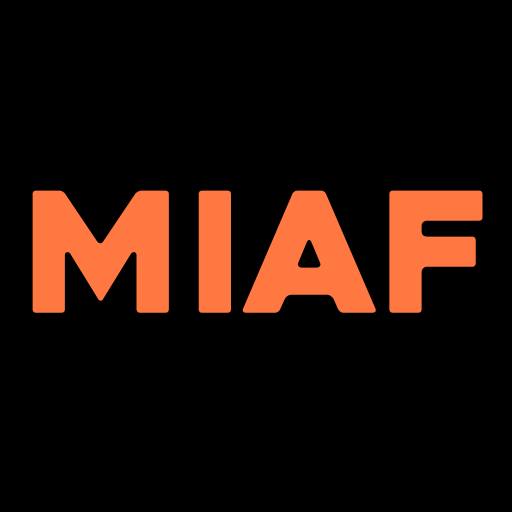

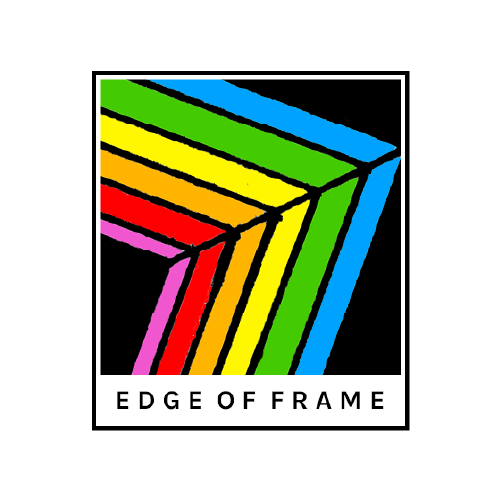



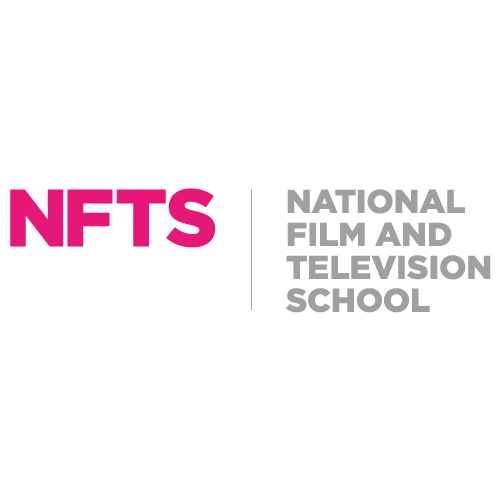
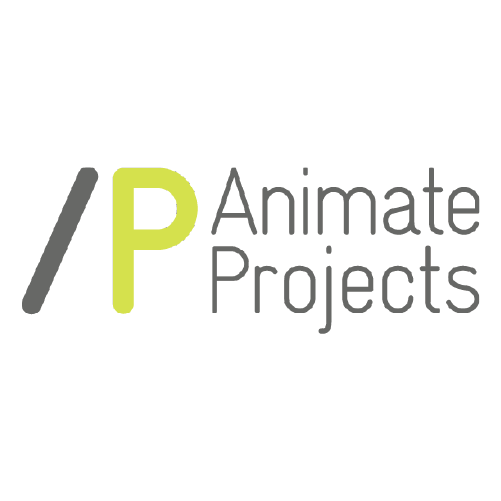

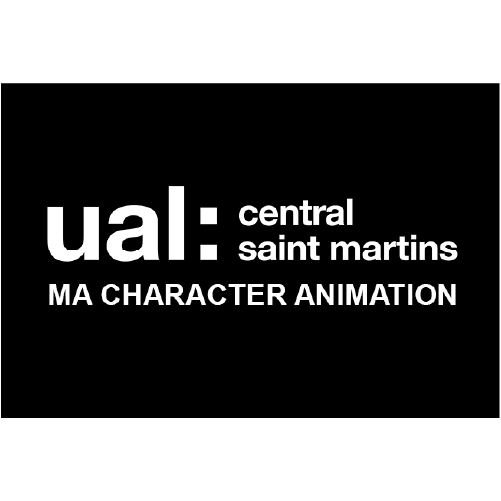


Leave a Reply